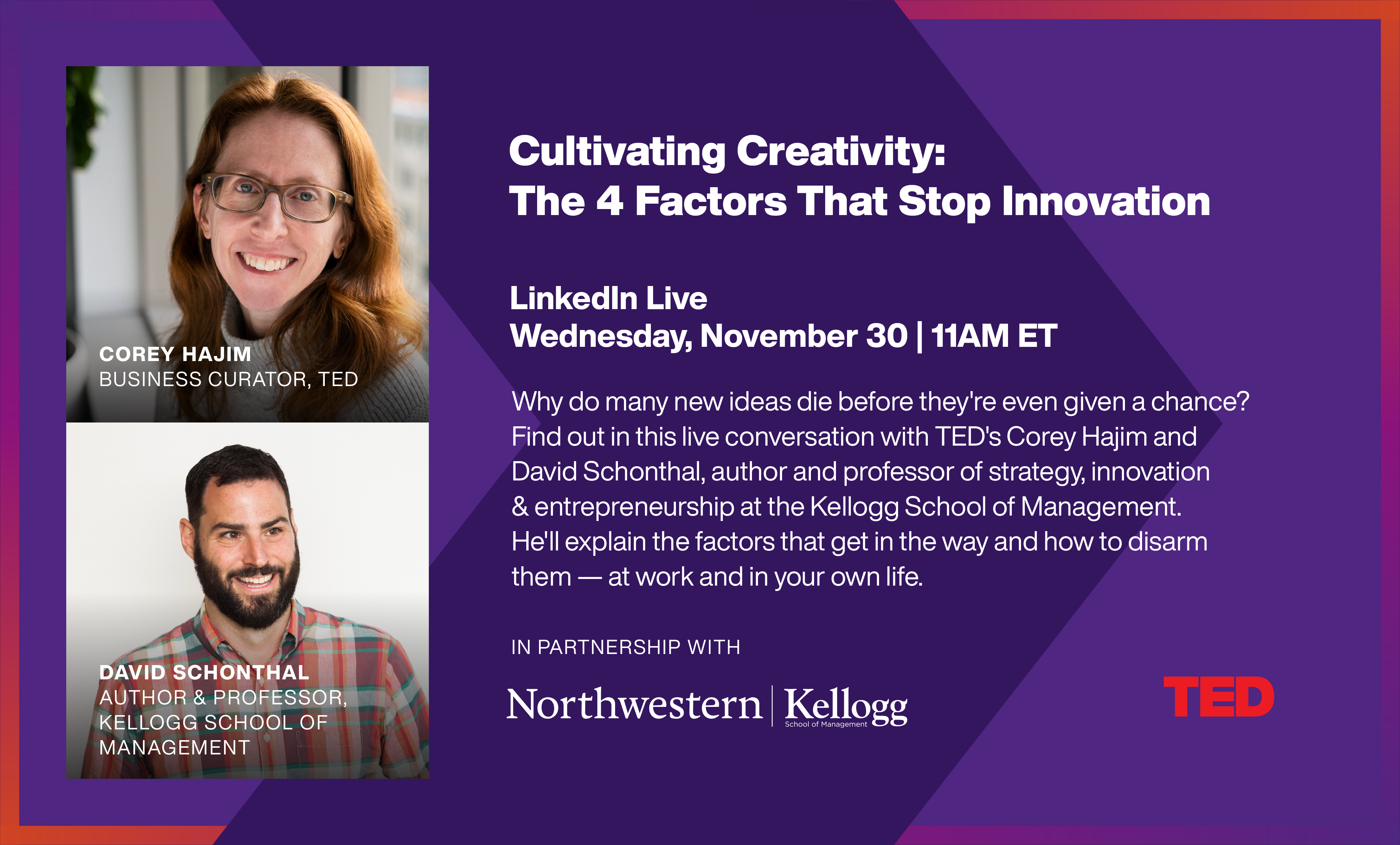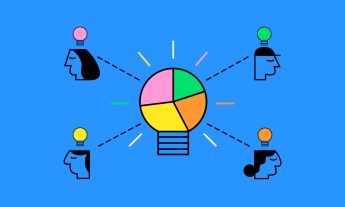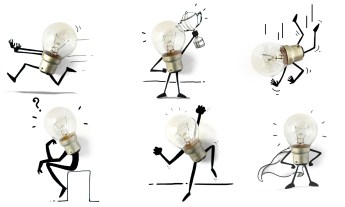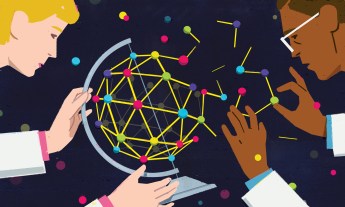
How do you get people to embrace a new idea?
Most marketers, innovators, executives, activists or anyone else in the business of creating change, operate on a deep assumption. It’s a view of the world so deeply ingrained in our thinking that we rarely see its influence or question its value. It is called The Law of Attraction — the belief that the best (and perhaps only) way to convince people to embrace a new idea is to heighten the appeal of the idea itself.
This reflex leads us down a path of adding features and benefits to the idea or increasing the sizzle of the messaging — all to propel people to get on board. We (organizational psychologist Loran Nordgren PhD and strategy and innovation expert David Schonthal) refer to these strategies as “Fuel.”
But by focusing on Fuel, innovators neglect the other half of the equation — the Friction that works against the change we seek to create. Frictions are the psychological forces that oppose change, and overcoming these Frictions is essential for creating change.
This is the tricky thing about Frictions. They exert considerable drag on our ideas, but they often go unseen.
Like drag on a bullet, the four Frictions push back against the ideas and initiatives we want to bring into the world. This is a big reason why so many indisputably good ideas never materialize.
The four Frictions are:
1) Inertia The powerful desire to stick with what we know, despite the limitations. Inertia explains why, when attempting to change behavior, you should always give people multiple options.
2) Effort The energy (real and perceived) needed to make change happen.
3) Emotion The unintended negative emotions created by the very change we seek to make.
4) Reactance The impulse to resist being changed. Reactance reveals why Americans waged war against seatbelts in the 1980s, for example.
Despite their power and influence, Frictions are difficult to spot and are therefore easily overlooked. This is the tricky thing about Frictions. They exert considerable drag on our ideas, but they often go unseen.
Let’s be clear: Fuel is essential to the success of new ideas. Without Fuel there is no motivation to change. But having a compelling idea and a well-crafted message is not enough. We will assume that most innovators have these boxes checked. You have a great idea, but despite your best efforts, you can’t quite figure out why people (your investors, customers, partners, colleagues, etc.) say no.
Fuel can propel an idea and do so powerfully. But it’s not sufficient.
Fuel can propel an idea and do so powerfully. But it’s not sufficient.
Good nutrition during pregnancy is vital for the lifelong health of babies and mothers. Yet most pregnant women don’t get what they need. A significant number of pregnant women are deficient in essential nutrients, like vitamin A, D, and E, as well as calcium and iron. Plus, most are getting too much of what they don’t need. Over 70 percent of expecting mothers have far too much sodium in their diet.
The importance of getting the right nutrients isn’t lost on pregnant women. They are reminded constantly. Supplements are one solution, but they aren’t a perfect fix. Supplements don’t address the problem of getting too much of the unhealthy stuff and they can lead to excess nutrient levels.
The real solution is to eat nutrient-rich food. But building a balanced diet isn’t just more expensive, it requires planning and preparing meals at home – a difficult task if you are managing multiple jobs without a lot of support.
In the very early stages of his career, Loran was part of a pilot project designed to promote healthy nutrition during pregnancy. At their checkups, women were given pamphlets with information about the importance of eating right — eat a diet rich in fresh fruits and vegetables and avoid fast food and other easy but unhealthy options.
The pilot was a disaster. Women didn’t eat any healthier than before. And worse, their beliefs about the importance of healthful eating changed in the opposite direction. They thought it was less important to have a vegetable-rich diet after exposure to the messages. The pilot program was quickly stopped due to the disappointing results.
Eating healthier during pregnancy is an undeniably good idea that we all should embrace. But the message backfired because of the many powerful forces working against healthful eating. Let’s start with the fact that in some areas, it costs $10 to buy five apples and $1.99 to buy a dozen donuts. And add to that the fact that most of the women who received the pamphlets lived in a food desert.
Put yourself in the shoes of one of the participants. You care about the health of your baby, but economic and social hurdles make it difficult. A doctor telling you to eat healthy does what, exactly? It creates tension in your mind that you want to resolve.
For many, the only way to reduce the tension is to push back on the message — to conclude that a healthy diet isn’t really that important. After all, a lot of kids in your neighborhood grew up on bad diets and they don’t have problems.
We like to say Frictions are twice-buried, because there is another layer you must uncover. People often struggle to share what is actually holding them back.
So why is Fuel the default mindset?
To answer this question, we need to understand how the human mind interprets bad outcomes. Suppose you send your resume to a company and no one gets back to you. Why didn’t they respond? Or imagine that a colleague of yours starts taking the parking space that’s always been (unofficially) yours. Why would she do that?
There are many possible explanations for why bad things happen. Maybe the company wasn’t impressed with your resume, or maybe they already filled the position. Maybe your colleague took your parking space because she hates you, or maybe she had no idea it was “yours.”
The reasons we use to explain bad events determine how we interpret the bad news. In life, like in law, intent matters. Humans have a funny habit of understanding action as the result of internal forces and minimize the role of situational causes. We see action primarily as a function of motivation and intent.
For example, less than half of American college students vote in general elections. Why are those numbers so low?
Because they are apathetic (an internal attribution), we instinctively think. Psychologists call this mental habit the fundamental attribution error, and it is a nearly unbreakable habit of the mind.
Fuel perfectly maps onto our attributional tendencies. Fuel is designed to stoke motivation and intent.
Why aren’t people buying your product or proposal? “They must not find it exciting,” we imagine. If that’s the reason your mind constructs, then the way you change that behavior is to increase excitement. And that’s what Fuel does.
There’s another reason we think in Fuel. Fuel is easy to see, and Friction hides below the surface. Frictions are difficult to spot because they require empathy. They require that you understand your audience and see the world from their perspective. When you are selling change, it’s natural to fixate on the idea. But to understand Friction, you need to shift the spotlight from the idea to the audience.
Even when you shift your focus, the insights you require aren’t always easy to find. We like to say Frictions are twice-buried, because there is another layer you must uncover. People often struggle to share what is actually holding them back.
Discovering Friction requires work and patience. It requires that we not only identify what people do, but take the time to understand why they do it.
If you ask a customer directly, “What concerns do you have?” they might tell you something, but it likely won’t be the real concern that is standing in their way. This is partially because people don’t always understand the true reasons why they feel the way they do. And even if they did, they might not possess the language to articulate it clearly. People are, in many ways, strangers to themselves.
To understand this idea, we must distinguish between feeling and emotion. Feeling is the felt experience. Emotion is the complex, cognitive engine that determines how we feel. People know how they feel. They know when they feel happy or sad, for instance. But they struggle to accurately explain why.
We recently conducted a simple in-class demonstration of this point. We asked two groups of students to share their feedback on a product idea. In the easy condition, we directly gave them the document they needed to write the feedback. In the ever-so-slightly more difficult condition, they had to click on a link to get to the document, which added no more than a few seconds to the task.
This had a profound influence on behavior. About 70 percent of people shared feedback in the easy condition, but only about 40 percent gave feedback when they had to click on a link. We then informally asked them to explain why they said yes or no to our request.
The main reason they gave? Their level of interest in the task. Those in the easy group tended to say the task would be more fun than those in the slightly harder group. But it’s the same task. Fun had absolutely nothing to do with the differences we observed.
The slightly harder group felt their reluctance — they knew they didn’t want to give feedback — but they didn’t understand where it came from.
Discovering Friction requires work and patience. It requires that we not only identify what people do, but take the time to understand why they do it.
Excerpted with permission from the publisher Wiley from The Human Element: Overcoming the Resistance That Awaits New Ideas by Loran Nordgren and David Schonthal. Copyright © 2021 by Loran Nordgren and David Schonthal. All rights reserved. This book is available wherever books and eBooks are sold.
Learn more — click here to watch David Schonthal’s recent LinkedIn Live conversation with TED business curator Corey Hajim:
A message from our partner Northwestern University – Kellogg School of Management: What makes Kellogg leaders stand out is their ability to lean into uncertainty and thrive, to collaborate across differing opinions, and to look at a problem from a different angle and see the unseen opportunity. It’s this unique blend of creative, collaborative, analytical and social intelligence that will set you apart — as more than an MBA graduate but as a Kellogg leader. Join us and start your journey today.














